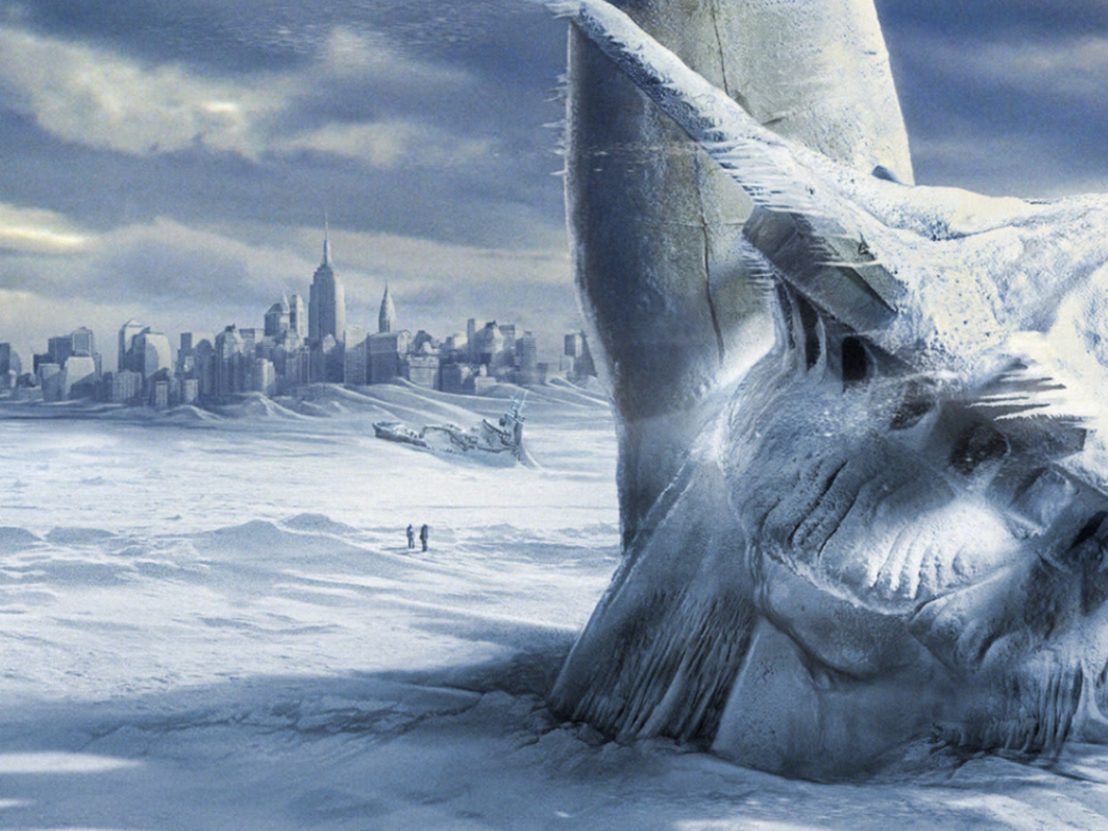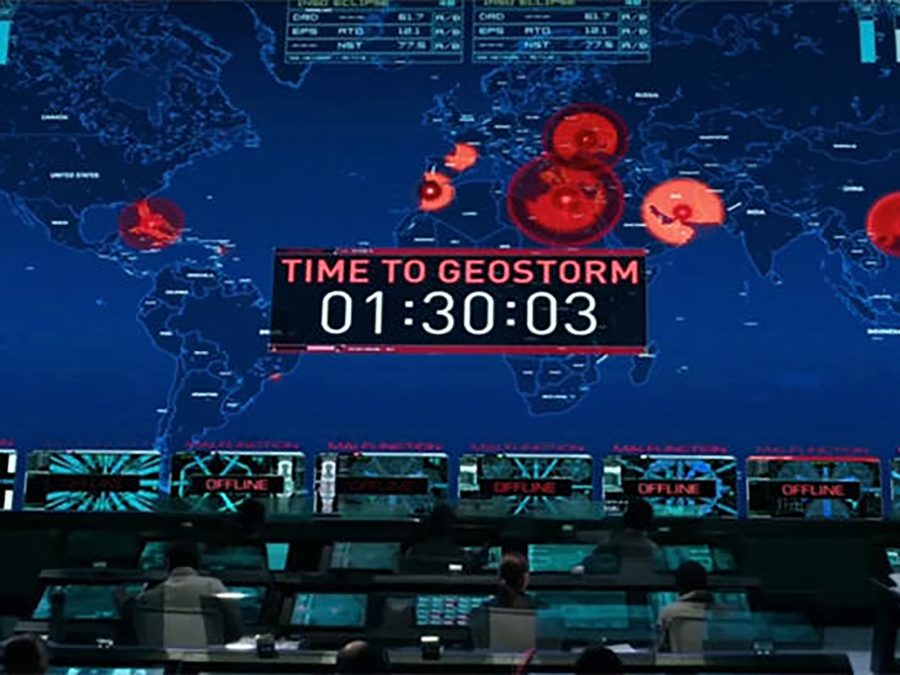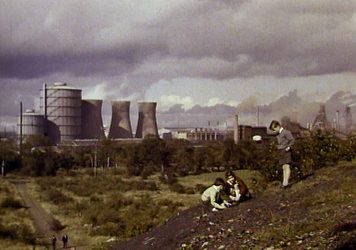
Wrapping your head around anthropogenic climate change can often leave one feeling frustrated and defeated. The problem calls for our urgent attention and immediate action, but many of its dangerous consequences – such as species loss or global warming – are slow, verging on generational. It is this principle of climate change that can cause the issue to easily slip out of our day-to-day collective consciousness, and allow it to perennially loom in the background of our lives.
Every few years, media coverage of climate change is disrupted by a big blockbuster eco-disaster movie, thrusting the conversation about the role movies play in our climate discourse back into the mainstream. Back in 2004, the release and success of Roland Emmerich’s The Day After Tomorrow received an inordinate amount of American press coverage, scientific scrutiny, right-wing hysteria, and endorsements from prominent political figures like Al Gore. Since then, the genre has seen an influx of releases, each with varying degrees of success, and each with vastly different scientific accuracy. Audience appetite for these films has slowly declined over time, with newer releases such as 2017’s Geostorm and 2022’s Moonfall struggling to prove financially viable.
But perhaps the eco-disaster genre is too easily dismissed as simple schlocky popcorn entertainment. Could it be that we are overlooking a key player in our environmental discourse? One uniquely positioned to bring the violence of climate change into our collective cognisance? Movies within the eco-disaster genre apply so many unique and wonderful tools that have the capacity to totally transform our relationship with climate change, even if it is just for a two-hour run time.
Take for instance the presentation of time within an eco-disaster movie. Early into The Day After Tomorrow, Jack Hall (Dennis Quaid), an American paleoclimatologist, is presenting his research at a UN global warming conference in New Delhi. Jack has found that 10,000 years ago global warming brought about an Ice Age, entirely transforming the planet’s climate. Jack explains that if humanity continues its current rate of burning fossil fuels and polluting the environment as forecast, a new Ice Age will occur in 100 to 1,000 years from now.
This becomes the only moment where the climate disaster is communicated on a timescale even relatively close to that of which we have come to expect in our climate discourse. When Jack’s forecasted climate catastrophe begins to unfold over a matter of days, not decades, the film entirely shatters our temporal experience of climate change.
In Tokyo, hail the size of footballs fatally pour down on the city. Los Angeles is devastated by multiple tornados, tearing down buildings and shattering the Hollywood sign. New Delhi is hit by a snowstorm, and Nova Scotia is victim to a tidal surge. As our hero Jack predicted, a storm system develops in the northern hemisphere, ‘flash-freezing’ anything in its wake.
Geostorm compresses time in a similar way. In the opening of the film, our protagonist’s daughter Hannah (Talitha Bateman) explains that in the year 2019 there was a rise in extreme weather events that became increasingly catastrophic. We are shown genuinely real footage of human displacement due to flooding, hurricanes, tornadoes, and droughts. This sequence feels familiar, like a segment we may see in the news, as it is rooted in the timescale in which we actually experience the effects of extreme weather events.
Suddenly the film dramatically accelerates the climate timeline. We are told that the East River in New York has surged, swallowing all of Lower Manhattan, and days later a heatwave in Madrid kills two million people within 24 hours. During the climax of the film, the ‘Dutch Boy’ satellite system goes rogue, causing mass-scale extreme weather events rather than mitigating them. The unstoppable global climate cataclysm is even given a countdown timer akin to the Mission Impossible series.

All of a sudden the consequences of climate change have been completely transformed to become an immediate threat. The way these movies compress time to its most extreme brings climate change within our sights, into the foreground, and invites us to consider its proximity to our lives.
Eco-disaster movies do not just play with time, but our spacial understanding of climate change too. In no other genre will you find the scale and magnitude of climate change greater than in an eco-disaster movie. In Emmerich’s 2012 the Yellowstone Caldera (a supervolcano underneath Yellowstone) erupts in an enormous ball of flames, reminiscent of a nuclear explosion. In reality, the last super-eruption in Yellowstone took place tens of thousands of years ago. When watching an eco-disaster movie, the audience must face environmental catastrophe on an exaggerated scale they will likely never directly experience in reality, making the genre an effective vehicle for us to see the violence of climate change.
It is nearly impossible to sit through an entire eco-disaster film and not bear witness to an extreme weather event obliterating one of our iconic historical monuments, often in the most spectacular ways imaginable. In Flood a storm surge collides with the London Eye. In Geostorm, the Kremlin is melted by a heat-ray, and the Burj Khalifa is toppled over by a tsunami-like wave. In The Core, lightning takes out the Tomba del Milite Ignoto in Rome.
Seeing our landmarks torn apart before our eyes is undoubtedly a compelling existential delight, but these sequences feel so impactful and sublime for a reason. Not only do these landmarks symbolise structure and order in our world, but also they act as geographical ‘anchors’, cemented in a position in the world that we recognise and understand. Landmarks such as the White House, the London Eye, and the Statue of Liberty are universally recognised in their scale, proportion, and location. Watching their destruction connects to that sliver of spatial understanding we innately have, linking the consequences of unchecked climate change with things we connect with.
With the idea of geographical identity in mind, it is important to recognise where these movies can still play into false understandings of climate change. To capture the largest audience, blockbuster eco-disaster movies will predominantly focus their destructive sequences in highly-developed European, American, or Asian countries. In 2012 it is Washington DC, and Los Angeles, in Geostorm it is Hong Kong, Moscow, and Orlando, and so on.
If eco-disaster films continue to lean on recognisable imagery within prominent global cities, they may inadvertently advance the misinformation that these cities are disproportionately at risk from climate change. Information taken from the Global Climate Risk Index 2021 makes clear that the countries that have suffered the most impact of weather-related loss events are not European or North American at all. Countries in the top ten most affected include Myanmar, Mozambique, Zimbabwe as well as the Bahamas – but the countries most at risk are rarely represented in eco-disaster films.
It is important, however, to recognise that whilst eco-disaster movies may help us to view climate change up close, they often do little to encourage optimism. The genre’s ‘all will be lost’ and ‘few will survive’ endings repeatedly feed into a doomist mindset, in which climate change is too far gone to do anything about. As long as we engage with these films in order to feel and experience climate change, and remember it should embolden us to act, the eco-disaster movie genre could find a neat place of value in the wider fight against rampant climate change.
Published 1 Feb 2023

By Katie Goh
With Living Proof: A Climate Story, director Dr Emily Munro hopes to inspire change by looking to the past.

Before the Flood sees the actor travel the world with a familiar message.

What is the role of documentaries that try to change the way we think, and do they actually work?